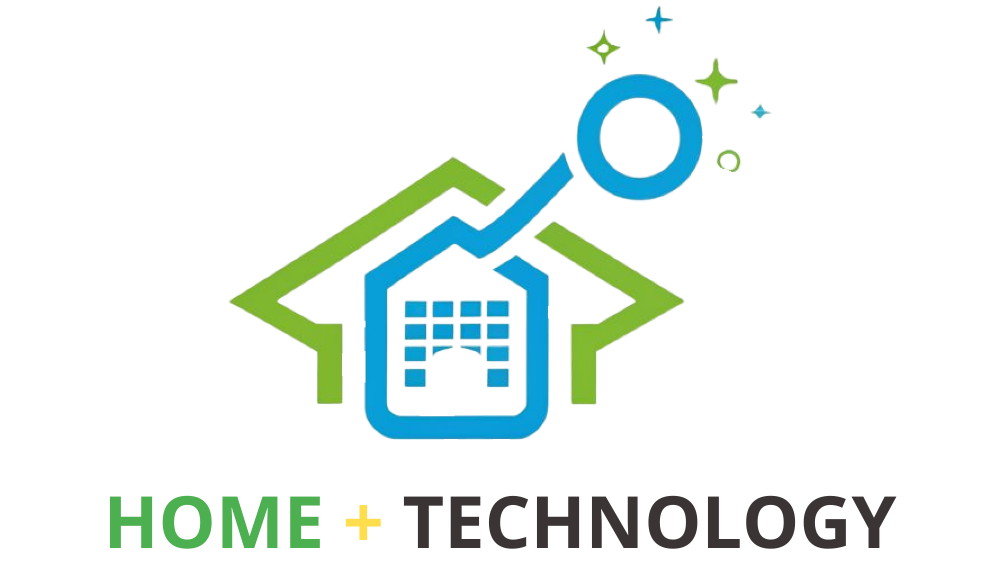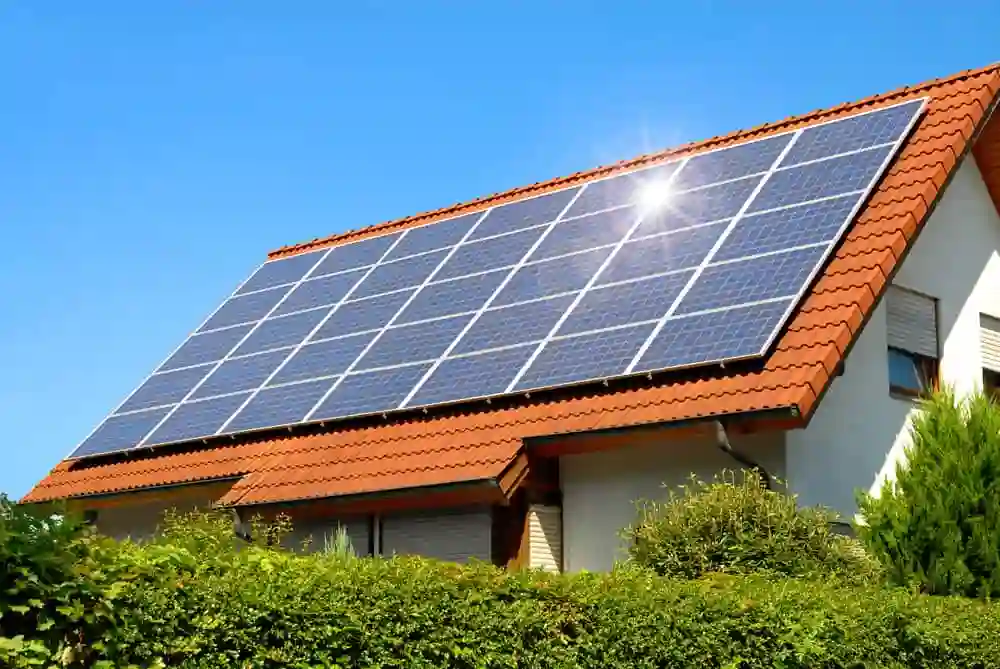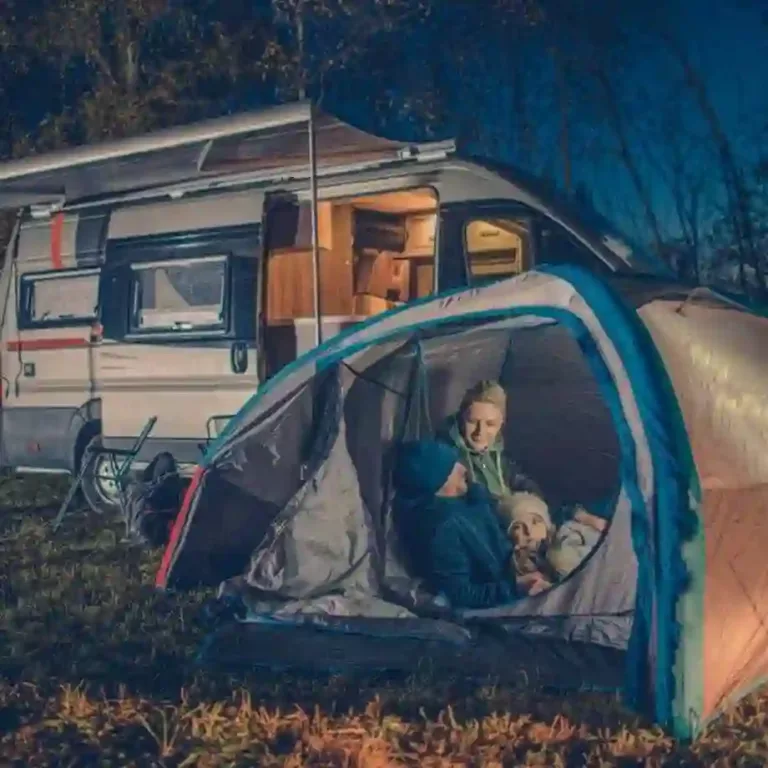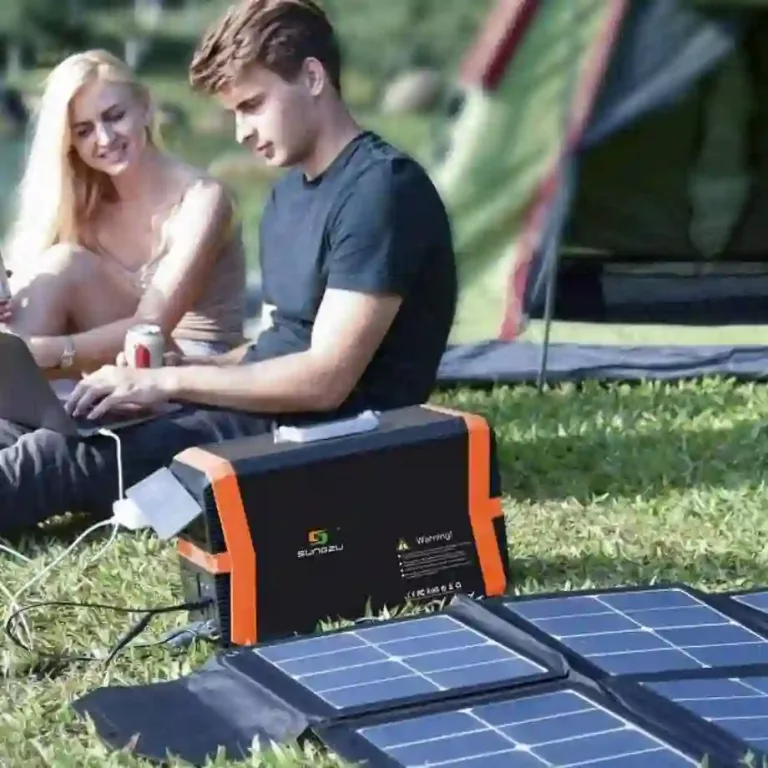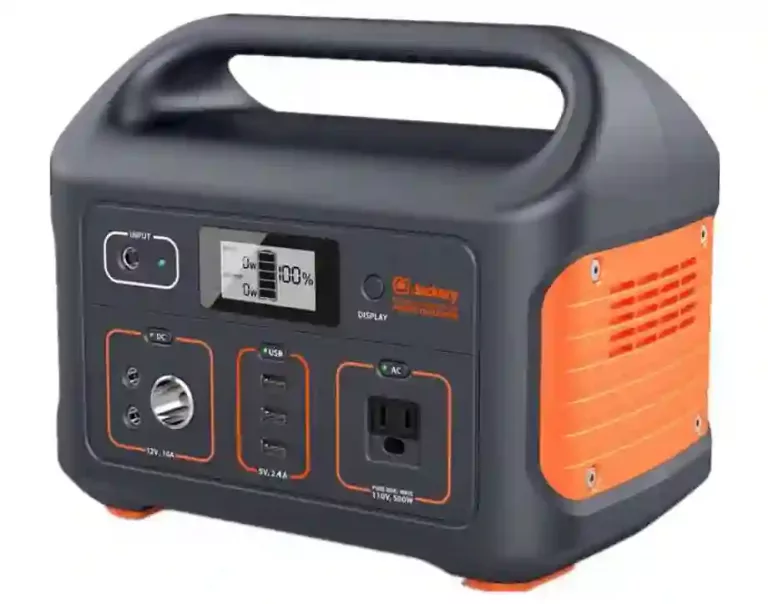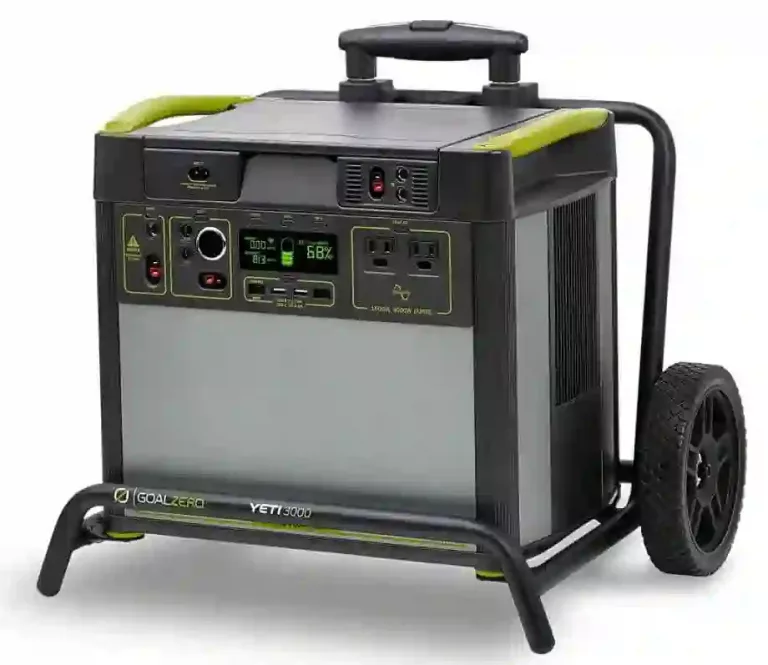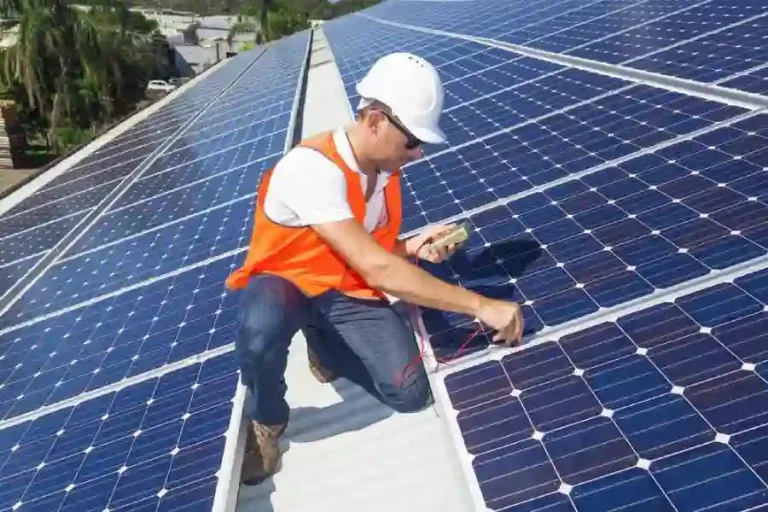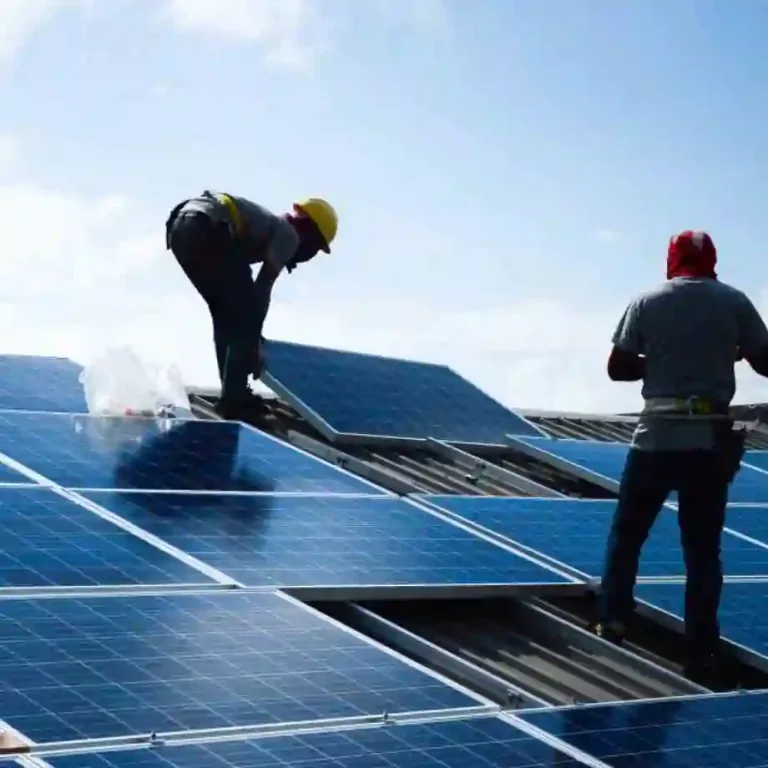Solar panels are really going to make the world a better place with less pollution and green energy use. Several countries have started using solar energy for producing electricity but when it comes to installing it for your home or using a portable solar panel for charging portable solar generators, we need to check the size.
The average size of a solar panel for commercial use is around 77 by 39 inches and for residential is 65 by 39 inches. However, the size of solar panels depends upon the number of solar cells it is comprised of!
It is wise to know and understand the solar panel weight and size as while installation on the roof for either commercial or residential purposes you need to know how many solar panels it can hold.
The small one-inch solar cells are made up of silicon and use the photovoltaic effect to convert solar energy to electricity. Nowadays, it is not only used for powering home and providing electricity to several towns but also use in satellites, watches, and calculators.
But, I have got to answer the difference between residential and commercial solar panels, I have got this question from several clients whom I provided my consultation during the installation of solar panels on the rooftop.
What is the difference between residential and commercial solar panels?

Both types of panels, either you are using a residential one or you are using the commercial one use the same technology for getting manufactured.
Although, the size and weight of the residential and commercial panels vary due to the structure of the roof they are placed on.
So, what size solar panels are used for residential purposes? Typically, the size of residential solar panels is 65 by 39 inches and the installation of these panels on the roof uses the roof load-bearing capacity before installation.
However, the commercial solar panels are generally larger than residential ones and come at a size of 77 by 39 inches. You can see clearly that both the solar panels have the same width but the length varies.
The residential solar panels have 10 rows and 6 columns and therefore the total solar cells are 60. However, in commercial panels, there are 12 rows and 6 columns making a total of 72 cells in a panel.
Apart from this, the average weight of solar panels depends upon the number of cells, the tempered glass, the aluminum frames, and the back panel. The weight of silicon cells actually converting solar energy to electricity is just a few grams.
The residential solar panels average weight falls around 40-45 pounds; at the same time, the commercial panels have an average weight of 55-70 pounds.
If you are working in the solar energy industry, then the size may matter something else for you. The maximum amount of solar energy a panel can produce is considered as the size of the panel and is measured in Watt peak (Wp).
The commercial solar panels can produce a maximum of 320Wp in ideal climate conditions.
The relation between the power rating and the physical size
The physical size of a solar panel and the power rating goes hand in hand or you can see that both are directly proportional to each other.
Each solar cell can typically produce 5 watts of energy. Suppose you are using a commercial solar panel having 72 Pv solar cells then the energy produced will be 72×5, this makes a power rating of 360Wp.
Similarly, in residential solar panels when a solar cell has a Wp of 5 watts can produce 60×5, making the power rating of 300Wp.
However, the technology is changing and solar panels are being smaller and each solar cell’s power generating capacity is increasing day by day.
As time passes, we would certainly be able to get smaller solar cells which will take less space for producing the energy required for our house.
How many solar panels do I need on my roof?
The use of solar panels has massively increased in the United States and other parts of European counties getting enough sunlight in summer.
It is just a matter of time when we will be seeing each and every house having solar panels installed on the rooftop.
The average size of a solar panel comes around 17 square feet and the average house size is around 1500 sq. feet in the United States. By dividing the size of the roof from the size of the solar panel we can easily get the number of solar panels that can fit on your roof.
Let me show you an example. Suppose, the size of your roof is 1400sq feet and each solar panel has a physical size of 17 sq. feet.
So, the number of solar panels that can fit on the roof is 1400/17, i.e.; 82. So, you can install 121 panels on your roof.
But, generally, you don’t require this amount of solar panels on your roof as this depends on the amount of energy you require for your house and how many solar panels can actually produce the required energy.
The average house in the United States uses 6 kW of electricity and a solar panel of 60 cells can produce 300Wp of energy. So, the number of solar panels required for producing 6000Watts is 6000/300=20. You just require 20 panels to mount on your rooftop.
When I am saying the mounting of solar panels, it means that mounting solar panels is considered as the best to do as they don’t damage the roof and can be easily installed by using hand drills and screws.
You might be thinking why do so much math when a solar panel installer in my city can calculate all this for me? Yes, I know that but knowing how to do it yourself can let you understand your provider is installing the right number of solar panels you require or not.
On the other hand, the number of solar panels required depends on just two things, “What is the available space on my roof?” and “What is the size of a solar panel”?
Knowing a bit more about the things you are using for your home is just going to help you out in the future.
So, you can find it yourself now that the number of solar panels required is not actually how many solar panels can fit on your roof? It only depends on the amount of energy utilized in your home.
Therefore, I would like to say that the size of the solar panel depends on the number of solar cells placed in a panel by the manufacturer. The solar panels are getting smaller and in the future, you will be able to see solar panels with high efficiency and a smaller size that would not use much space on your roof.
Frequently Asked Questions
Can a house run on solar panels alone?
Yes, your house can run on solar panels alone if you find out a way to store enough energy for using power at night. You can use batteries or solar generators for storing the energy.
Can I use a solar panel to directly charge my battery?
As an expert, I would never recommend doing this. The VOC of solar panels is more than what the battery can handle. So, it is better to use the solar charge converter which would monitor the battery charging and regulate the voltage required.
